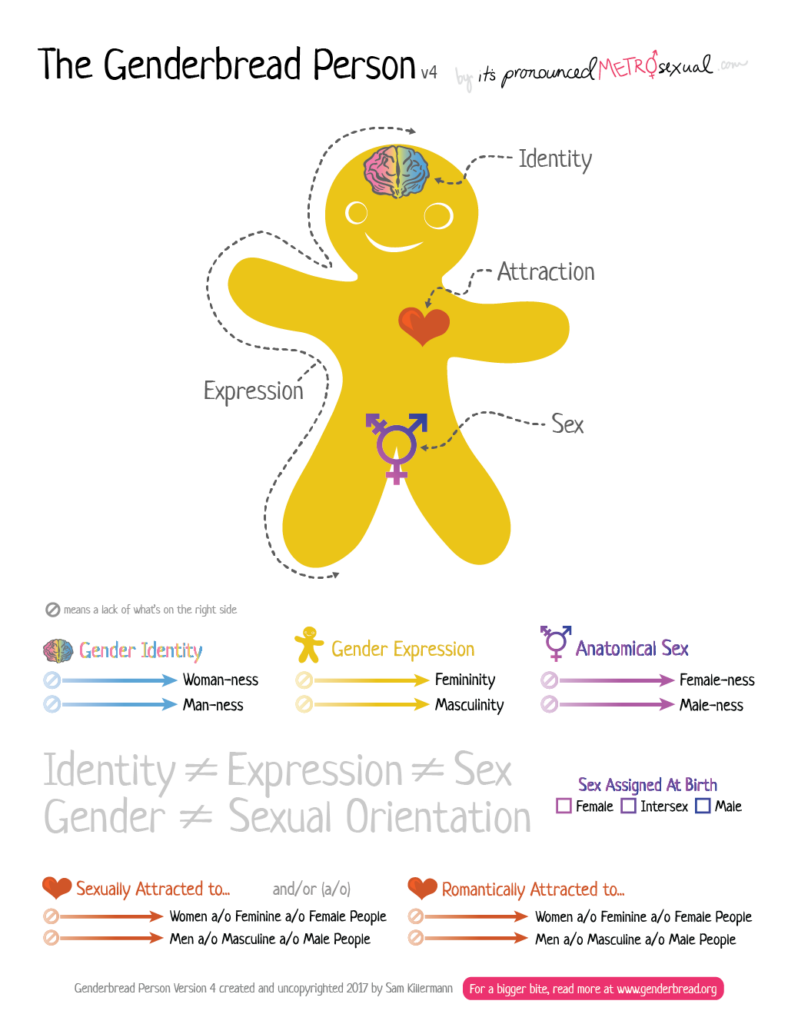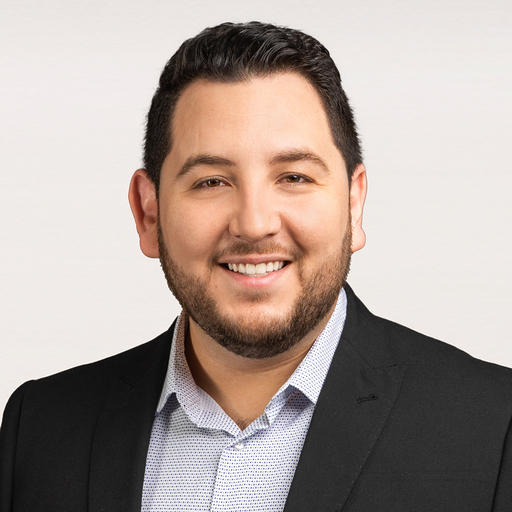In honor of Pride Month, which concludes this week, we took a moment to audit our speech and vocabulary to ensure that we are as inclusive as we can be in discussions involving sexual identity and other areas. In this day and age, using the proper terms around diversity and inclusion can be challenging. Our language changes in a flash – and without realizing it, you might be using words that are “antiquated” or considered non-inclusive anymore.
Fret not … we have some tips for inclusive speech that you can easily incorporate into your day-to-day communications with clients, family, friends, and the public at large – not just during Pride Month, but throughout the year.
Inclusive language begins with knowing your terms
In order to be inclusive, you must have a basic understanding of the terms and vocabulary used in inclusive communication. Whether you’re drafting a caption, sending an email, or even talking to a client on the phone, you should know the basics so you can properly understand the context.
This list is just the tip of the iceberg, including the most basic terms:
On Pride:
- LGBTQIA+: Lesbian, Gay, Bisexual, Transgender, Queer, Intersex, Asexual (or Ally, depending on who you’re talking to). You might not be used to seeing the “IA” in most common uses (most places only use LGBTQ+), but this is the most current way to use the abbreviation. The + is meant to represent anyone else who’s not included in the letters, including those who consider themselves Pansexual, Questioning, Polysexual, etc.
- Ally: Someone who supports people in groups other than their own
- Cisgender: Someone who sees their gender identity and sex as the same
- Gender Identity: A personal conception of oneself as male, female, both, or neither (Man, Woman, Genderqueer+)
- Gender Expression: How a person publicly expresses or presents their gender (Feminine, Masculine, or Androgynous+)
- Biological Sex: Someone’s objectively measurable organs, hormones, or chromosomes (Female, Male, or Intersex+)
- Sexual Orientation: How you are physically, spiritually, and emotionally attracted to another person based on their sex or gender, in relation to your own (Straight, Gay, Bi+)
- Preferred Gender Pronouns (PGPs): A personal preference as to how someone would like to be referred to. You may have seen some email signatures with (he/him/his) or (they/them/theirs) – that’s someone informing you what their PGPs are. If you’re not sure what someone’s PGPs are, just ask. You can also listen first to see how individuals refer to themselves.
- Themself: Gender-neutral pronouns. Today, if you don’t know the person’s PGPs, it is most inclusive to use they/them/theirs to refer to any gender, not just plural.

On Race:
- BIPOC: An acronym for Black, Indigenous, People of Color. This is a more inclusive term than just saying “Black” or “African American.”
- POC: People or Person of Color. Some individuals who are Latinx or Hispanic might choose to identify as a POC.
- AAPI: Asian American and Pacific Islanders.
- Latinx: Gender-neutral alternative to Latino/Latina. In Spanish, all words have a binary gender — el sol (masculine), la luna (feminine), etc. — so in English, we use Latino (masculine) and Latina (feminine). However, for someone who is gender-neutral or non-binary, using the term Latino or Latina might not feel right. Referring to that person with either of those binary words is not appropriate – so Latinx is the gender-neutral option.
General Diversity Terms:
- Tokenism: A small number of people from an underrepresented group being used to make a company or group appear more diverse or inclusive than it actually is
- Microaggressions: Common verbal or behavioral slights, intentional or not, that communicate hostile, derogatory, or negative attitudes toward individuals in stigmatized or culturally marginalized groups.
- Privilege: Advantages certain people have only because of the social group to which they belong.
Try to avoid using biased vocabulary
In order for your interactions to be as inclusive as possible, it’s critical to learn the words and phrases that are considered biased or non-inclusive. Some examples are:
- Heterosexual bias: Try using “partner” or “spouse” instead of “wife/girlfriend” and/or “husband/boyfriend” – not everyone is in a relationship like yours, so you should be inclusive of their views.
- Plural gender bias: Using words like “guys” or “ladies” to address a group of people is not inclusive, as you don’t know for sure the gender identity of everyone in that group. Instead, try to refer to them as “folks,” “people,” or even “friends.” Here in the South, “y’all” makes it easy to avoid offense.
- Mental health bias: Never use terms for mental health disorders (like “OCD” or “ADD”) as a joke. You’re not OCD just because you like your stapler in a specific place – you’re just picky. And don’t have ADD/ADHD, you just can’t pay attention or are uninterested in whatever someone is telling you. Take ownership of your own flaws!
- Native bias: Don’t use “Indian” to refer to someone who is “Native American.” If you’re referring to someone from outside the U.S. who is a “Native American” (continent), try to refer to them by their nationality.
Additional tips to help you use more inclusive language
No one said this was easy – it’s a journey we are all going through. Don’t feel the need to be perfect and inclusive all the time; it’s OK if you make mistakes. Even people who are part of these marginalized minorities slip and make mistakes. If you do, the best course of action is to apologize and ask how you can be inclusive. The key here is to be mindful and try.
There are some good habits you should build in order to feel confident in your diverse and inclusive communication. It’s important to show that you’re not throwing random words or PGPs around, but that you are actually making a mindful effort to make others feel comfortable and included around you:
- If you’re not sure, ask people what pronouns they use (she/her/hers, he/him/his, they/them/theirs, or a combination) – try to not assume, but if you did and the person corrects you, apologize and try your best to use the person’s pronouns of choice!
- Always be person-centered. For example, you should say “a person with disabilities” or “a child with autism” as opposed to “a disabled person” or “an autistic child.”
- Capitalize “Black” when referring to a person’s race
- Know that Black and African American are not interchangeable words
With this information in mind, you’ll be better prepared to communicate with your audiences in the most inclusive way possible.
